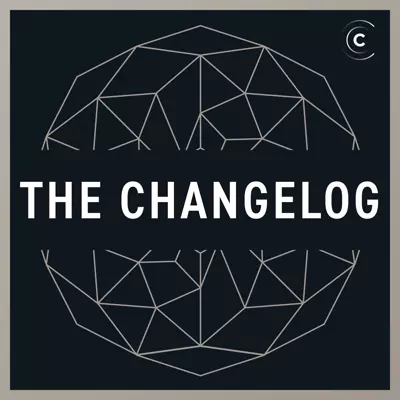
Conversations with the hackers, leaders, and innovators of the software world. Hosts Adam Stacoviak and Jerod Santo face their imposter syndrome so you don’t have to. Expect in-depth interviews with the best and brightest in software engineering, open source, and leadership. This is a polyglot podcast. All programming languages, platforms, and communities are welcome. Open source moves fast. Keep up.
RubyGems and RubyGems.org
May 11, 2011
19:41
9.8 MB
Downloads: 0
Wynn sat down with Nick Quaranto at Red Dirt Ruby Conference to talk about Gemcutter, RubyGems.org, and how to get started creating your own Ruby gem.
Join Changelog++ to support our work, get closer to the metal, and make the ads disappear!
Featuring
Notes and Links
- Nick Quaranto, creator of Gemcutter which is now RubyGems.org
- Gemcutter is the Ruby community’s gem hosting service.
- Tom Preston-Warner, founder of GitHub
- RubyForge was the original spot to host your Ruby project.
- Peter Cooper, publisher of Ruby Inside and co-host of the Ruby Show.
- A gemspec is a manifest for a Ruby gem.
- Since a gemspec is saved as YAML, you can embed Ruby in it.
- Bundler manages a Ruby application’s dependencies through its entire life across many machines systematically and repeatably.
- Bundler 1.1 aims to speed up how gems are fetched.
- Jeweler and Hoe help you create, package, and release gems.
- Ryan Tomayko from GitHub tells us why “require ‘rubygems’” is wrong
- GitHub is no longer in the Gem building business.
- Erik Michaels-Ober uses the gem post install message to share resources with users.
- When not squashing Gemcutter bugs or applying patches, Nick likes to play with Redis and EventMachine.